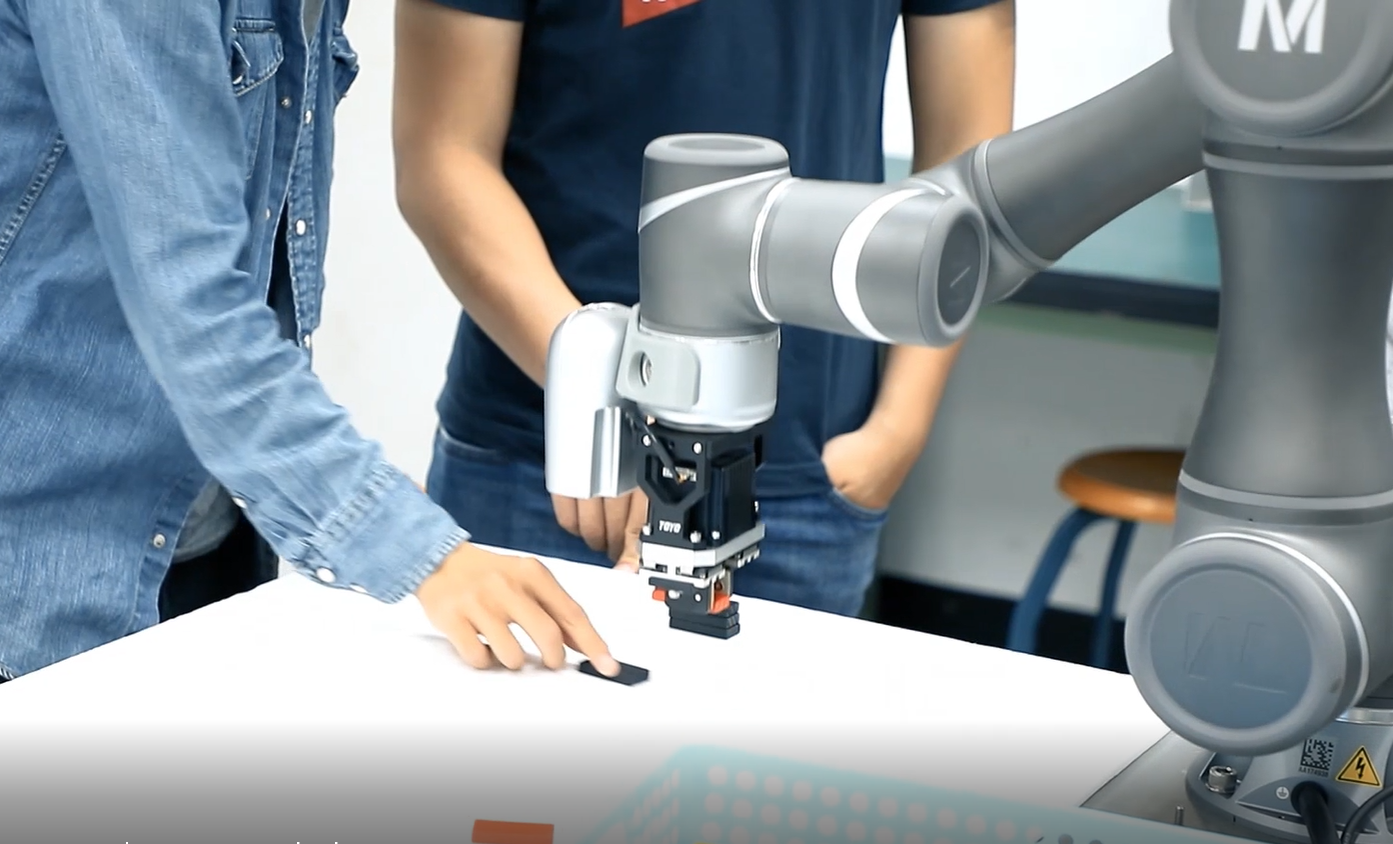
As technology advances at an unprecedented rate, its impact will inevitably be felt in all areas of our lives. Education, the cornerstone of societal progress, is no exception to this trend. With the rise of artificial intelligence and automation, there has been a growing interest in incorporating collaborative robots or “cobots” into various industries. While their use has primarily been seen in manufacturing and healthcare settings, cobots are now entering educational institutions worldwide.
From kindergarten classrooms to college lecture halls, these mechanized companions are changing how students learn and interact with their environment. In this article, we will explore some of the most innovative applications of cobots in education and how they shape the future of learning.
Enhancing Hands-On Learning
One of the most significant advantages of robots in education is their ability to enhance hands-on learning experiences. With their advanced sensors and programming capabilities, these robots can create interactive lessons in science, technology, engineering, and mathematics (STEM). For example, students can use cobots to build and program simple machines, conduct experiments, or even learn coding. This makes learning more engaging and fun and helps students develop essential skills for their future careers.
Cobots are also being used in specialized education for students with disabilities. These robots can assist students with physical limitations in hands-on activities that would have otherwise been difficult or impossible. By providing equal access to educational opportunities, cobots are promoting inclusivity and diversity in the classroom.
Fostering Collaborative Learning
In addition to facilitating hands-on learning experiences, cobots are making significant strides in promoting collaborative learning among students of all ages. These innovative robots are not only capable of working alongside one another on various tasks and projects but also play a pivotal role in fostering teamwork and cooperation among learners. This collaborative approach is particularly beneficial in subjects emphasizing group work, such as art or music, where students can harness the power of technology to enhance their creative endeavors.
Moreover, cobots are taking on the role of peer tutors, providing invaluable assistance to students facing challenges in specific subjects or concepts. By offering personalized support and guidance, these robots are creating a nurturing and engaging learning environment that encourages critical thinking, problem-solving, and intellectual growth. Through their interactive and supportive presence, cobots are revolutionizing the educational landscape and empowering students to reach their full potential.
Assisting Teachers
Cobots benefit not only students but also teachers. With their ability to perform repetitive tasks and handle administrative duties, these robots can alleviate some of the workload for educators. It frees up teachers’ time and energy to focus on more critical aspects of their role, such as designing engaging lesson plans and providing individualized instruction to students.
Cobots can provide real-time feedback on student performance, helping teachers identify areas where students may need additional support or challenge. By using data collected by these robots, educators can also make informed decisions about their teaching methods and adapt their approach to meet the needs of their students better. This personalized and data-driven approach to education has the potential to significantly improve student outcomes and foster a more inclusive learning environment.
The Benefits of Incorporating Cobots in Education
The infusion of cobots into educational settings goes beyond enhancing classroom instruction; it also prepares students for a future where technology and automation are omnipresent. By interacting with cobots, students gain a firsthand understanding of AI and robotics, which are fundamental to numerous career paths in our rapidly evolving job market. Furthermore, cobots serve as an inspiring educational tool, sparking curiosity and imagination in students, which can lead to a greater interest in STEM fields. In this sector, skillful workers are in high demand.
Additionally, cobots are instrumental in diminishing the intimidation factor often associated with high-tech machinery. Young learners who might otherwise be apprehensive about interacting with advanced technology find cobots approachable and user-friendly. This familiarity with automation is crucial in building a tech-savvy workforce and fostering a society that is comfortable with the integration of humans and intelligent machines.
By modernizing educational experiences through the use of cobots, institutions are not only enriching current pedagogical practices, but they are also laying the groundwork for a future that is inclusive of human-robot collaboration in all facets of life.
Conclusion
From hands-on learning experiences to fostering collaboration and assisting teachers, cobots are transforming the field of education. By incorporating these advanced robots into classrooms, we are not only elevating teaching and learning practices but also preparing students for a technology-driven future. As the use of cobots in education continues to grow, we can expect even more innovative applications that will further enhance and personalize the educational experience for students of all ages and abilities. So, let’s embrace this technological revolution in education and watch as it shapes the future of learning.